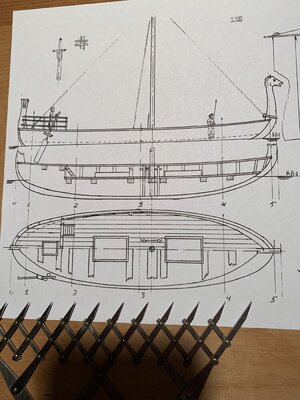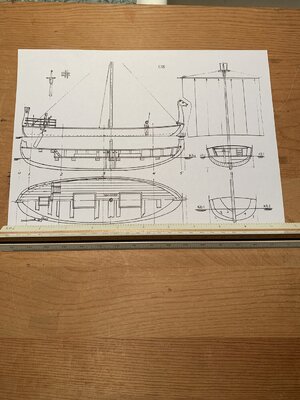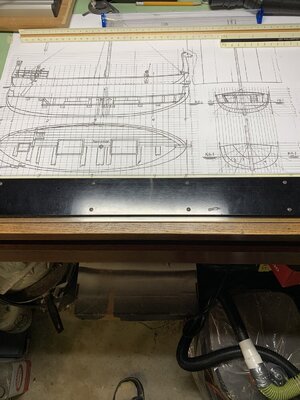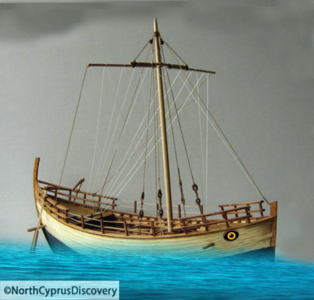During my research in preparation to build an Ancient Phoenecian Trade Boat this is a recently found paper with excellent diagrams and photos of the underwater wrecks recovery and analysis. It presents the evolution of hull construction from the very ancient shell hull with planks secured with mortise and tenons through lacing and then the beginning of the skeleton frames place inside of the shell to the later frames first upon which the planks were secured.
This PDF is an excellent presentation for those interested in such historical issues. The PDF should open for reading upon clicking it which will take some time to download. Rich (PT-2)
This PDF is an excellent presentation for those interested in such historical issues. The PDF should open for reading upon clicking it which will take some time to download. Rich (PT-2)








